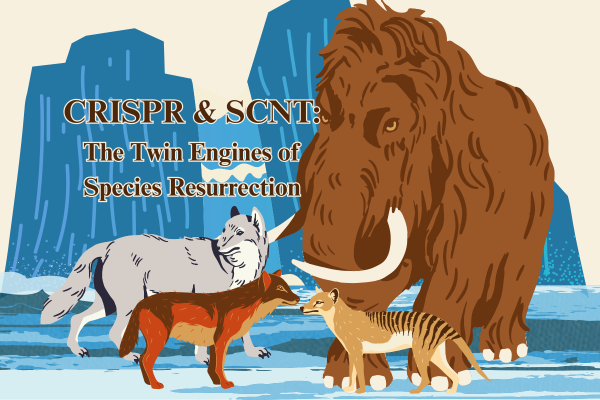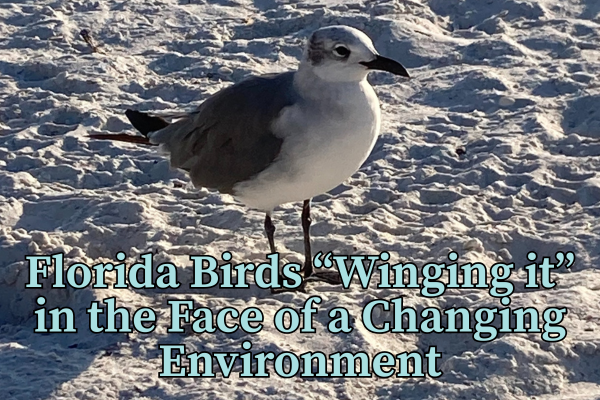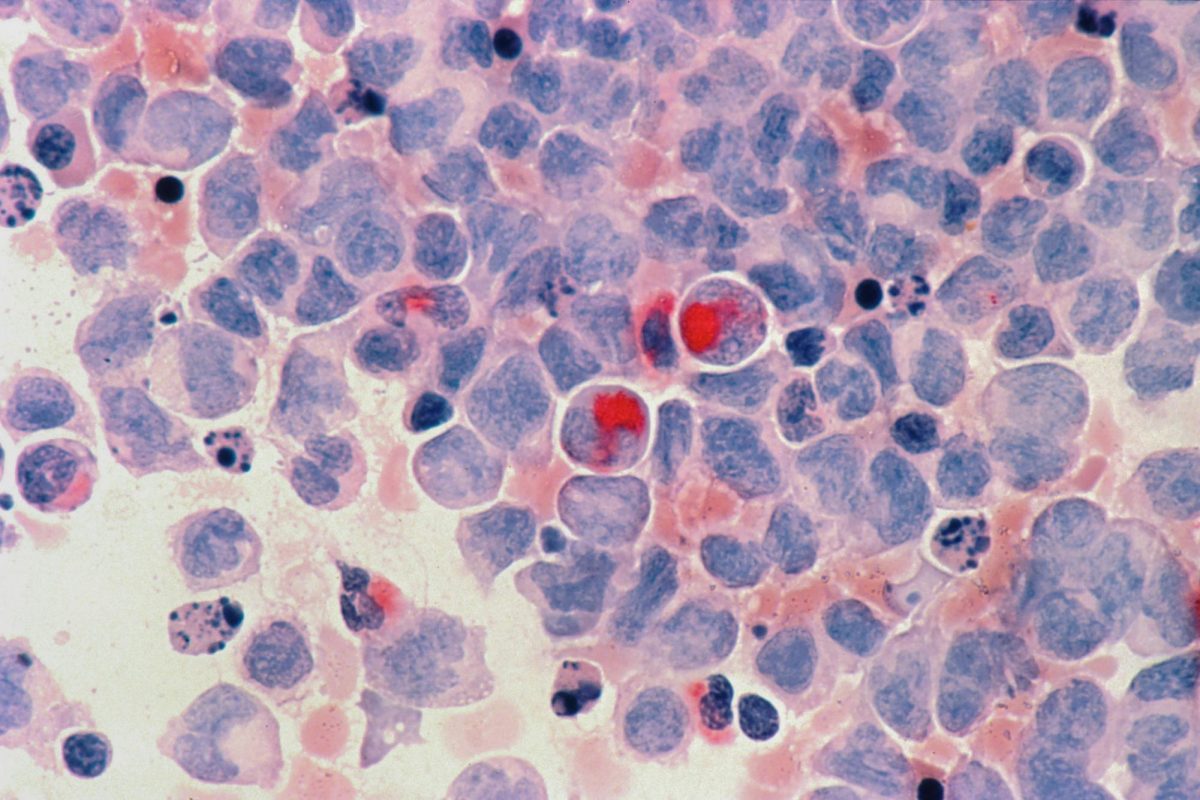At the beginning of this month, scientists with Colossal Biosciences created the very first genetically engineered Wooly Mouse, a lab mouse possessing the genes that allowed wooly mammoths to survive in the tundra: long, wooly hair and adjustable metabolic rates. Colossal Chief Science Officer Beth Shapiro states, “For us, it’s an incredibly big deal.”It’s an important step toward validating our approach to resurrecting traits that have been lost to extinction.
Colossal Biosciences is a company aiming to bring back extinct species (like the dodo, thylacine, mammoth, and Northern white rhino) through biotechnology and genetic engineering. The company views this science through a conservational focus–by filling these niches, animal functions necessary to preserving certain habitats are restored.
The mammoth is a prime example of this case. Sometimes called “ecosystem engineers,” during the Pleistocene era, they helped maintain grasslands, or the Mammoth Steppe, by uprooting trees and other vegetation. This helped fertilize grasses and insulate the permafrost layer, thereby mitigating climate change.
A carbon sink is anything that absorbs and stores more carbon than it releases; essentially a “storage container” for carbon. The Mammoth Steppe and its layer of permafrost were, at one time, the most extensive carbon sink, extending from the Iberian Peninsula into Alaska and Canada. As megafauna went extinct in the early Holocene, permafrost felt the effects, beginning to thaw. This releases the previously stored carbon, accelerating the rate of climate change.
By bringing back the mammoth, or at least a proxy, Colossal Biosciences hopes to restore the Mammoth Steppe and preserve its permafrost.
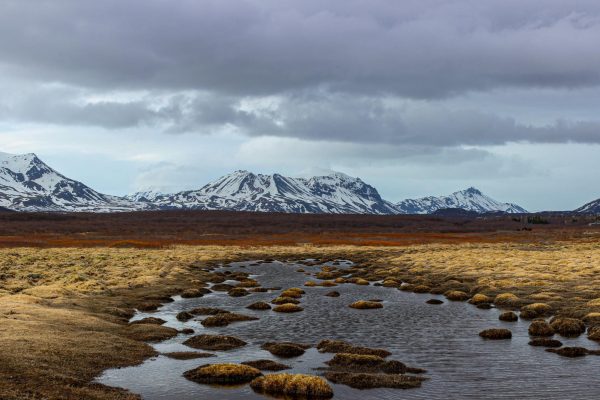
To develop the Woolly Mouse, scientists sequenced DNA taken from preserved mammoth material (permafrost is great at preserving tissue) and isolated the genes that controlled coat color and texture and cold tolerance (specifically a variable metabolic rate; this allows the mammoth to regulate internal body temperature and store fat). Through genetic engineering, scientists replaced the embryonic mices’ genes for these traits with the mammoth’s, creating what is essentially a mammoth-y mouse. Colossal aims to recreate this process in Asian elephants by 2028.
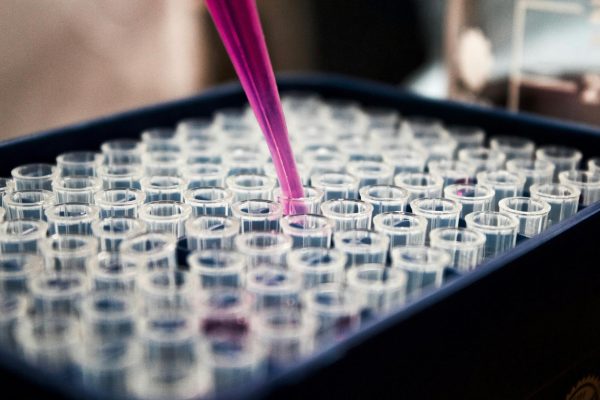
While this marks an important step towards mammoth resurrection, the question remains if this is really necessary. After all, current conservation efforts have made progress. However, these efforts haven’t made progress fast enough to offset the rate at which we are changing the planet. Through de-extinction, reintroduction of extinct animals could help repair ecosystems, therefore offsetting the damage already done. Shapiro states that “Our intention is to re-create these extinct species that played really important roles in ecosystems that are missing because they’ve become extinct.”




